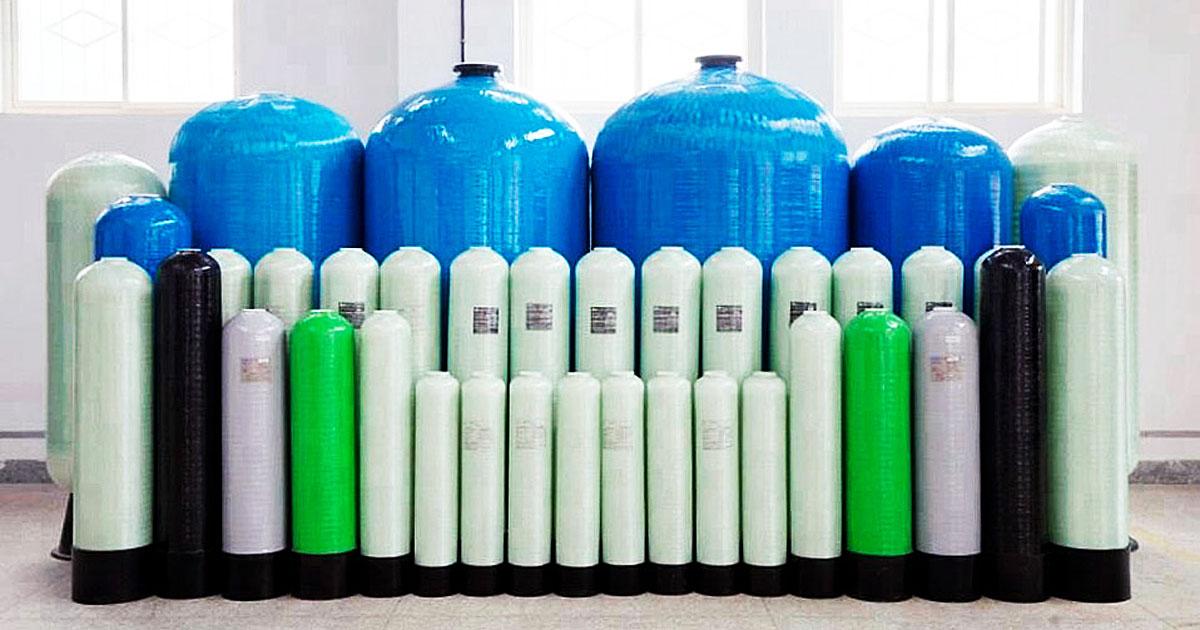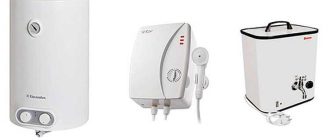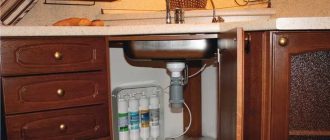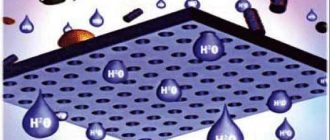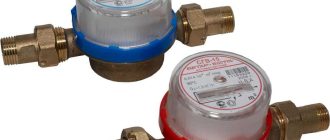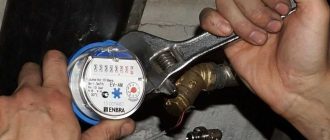Water treatment involves improving the chemical composition of water, eliminating harmful impurities, odors and dissolved compounds. We have considered the best systems for private households, but what device to choose if you need to purify water in a large volume? There are several effective methods of treating water in large quantities – these are columns: aeration, ion exchange and hollow fiber. Let’s take a look at the best of these systems.
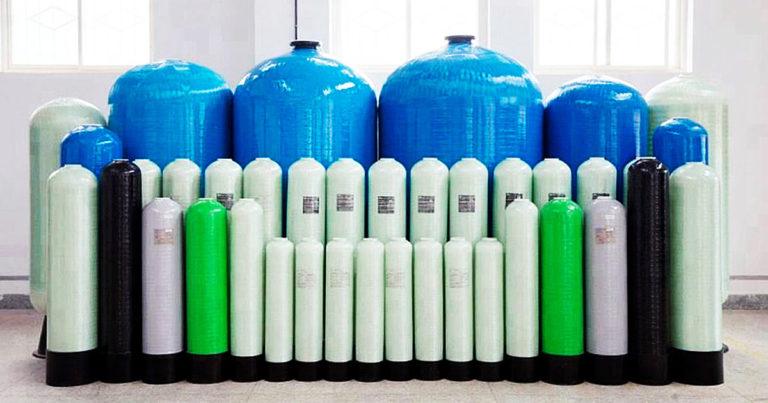
We have already familiarized ourselves with the work of fiberglass filters, but in aeration and ion-exchange systems, water purification is based on other processes.
Contenu de l'article
Aeration systems
Water, once inside the cylinder, is saturated with oxygen. Oxygen oxidizes metals contained in the liquid, active gases and removes odors. The resulting chemical reaction compounds are easily removed by filters.
Such preparation is necessary to prevent negative consequences of using water with a high content of iron, manganese on human health, the condition of engineering communications and devices. Aeration column for water purification from iron, metal salts, gases, pathogenic microorganisms, organic substances – the optimal solution.
Pros and cons
The decision to buy an aeration column is fully justified if the following impurities are present in the water:
- iron – deteriorates organoleptic indicators, affects human health, increases the intensity of corrosion processes on the surface of metal parts of engineering systems;
- methane, which forms an explosive mixture in contact with air;
- carbon dioxide , which has an active destructive effect on metal elements of equipment and concrete structures;
- hydrogen sulfide, characterized by unpleasant odor, ability to degrade taste, active corrosive effect;
- ammonia, indicating biological contamination.
According to the results of laboratory studies choose the optimal modification of equipment capable of performing the task in full. Compared to other methods, the technology of oxygenation of the liquid with subsequent filtration has significant advantages.
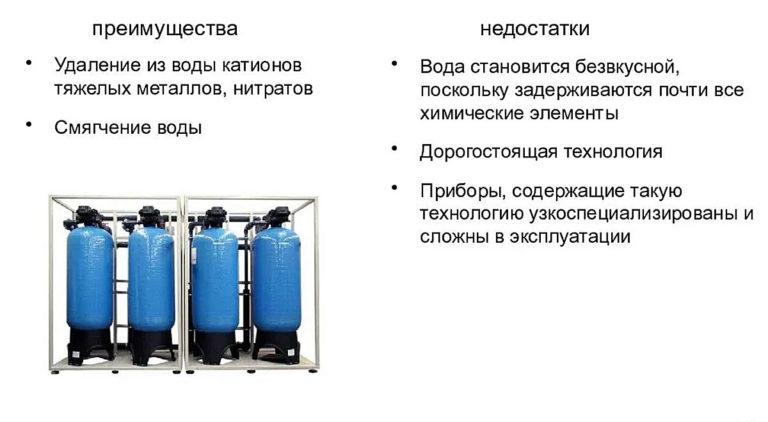
Aeration column for deferrization of water is distinguished by the following advantages in operation:
- high quality of purification from impurities;
- relatively small dimensions;
- ease of operation and maintenance;
- absence of pressure drops in the water supply system;
- ability to operate autonomously;
- environmental safety (the technology does not involve the use of chemicals).
The process of aeration can be carried out in a pressurized or non-pressurized way. The first option is used in systems whose operation does not provide for pressure reduction. The maximum allowable content of metal salts in water is 20 mg/l. Dosing of the supplied oxygen is carried out in proportion to the volume of liquid that passes through the unit per unit of time.
For non-pressure water filtration the salt content should not exceed 15 mg/l. Water supply is carried out through atomizers that break the flow into small droplets, which are saturated with oxygen during the fall. The resulting sediment is periodically removed from the tank, the bottom of which is provided with a drainage valve. The prepared water is pumped into the system.
You can buy equipment in a fairly wide price range. Among the disadvantages of the technology are possible inconveniences from the noise of the operating compressor, low speed of the process of oxidation of metals.
Ion exchange columns
Ion-exchange column is a device for water purification, the principle of which is based on the replacement of harmful ions dissolved in water, harmless.
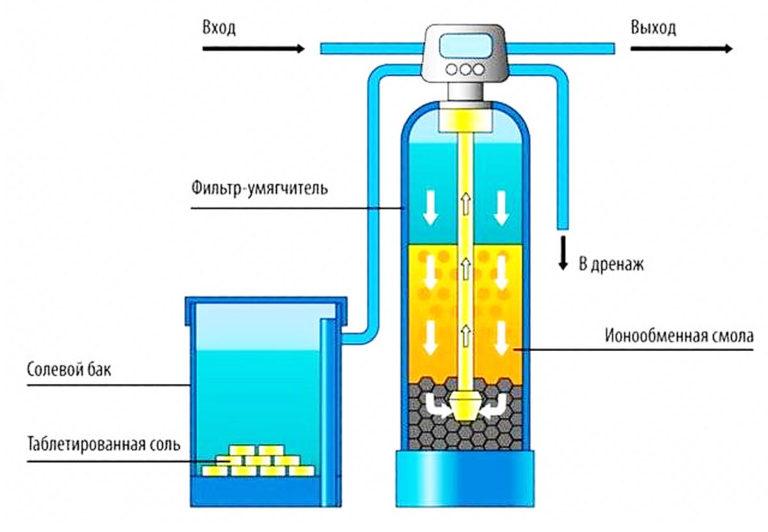
The process of water purification in the ion exchange column is as follows. Water passes through the column where calcium Ca2+ and magnesium Mg2+ ions are trapped and replaced by sodium ions.
Ion exchange systems can be used to remove iron, manganese and other compounds. That is, they can be filled with different ion exchange resins to remove specific contaminants.
Pour
- Quiet operation.
- Quality purification of water from tap water or natural sources.
- Ease of maintenance.
- Maintaining the mineral composition of the liquid.
Cons
- The need to dispose of used resins.
- Cost.
Column sizes
The size of the housing of aeration and ion-exchange columns is different, but the most popular are devices of sizes – 1054 and 1252. From the parameters depends on the performance of the equipment. The numbers reflect the size of the columns in inches. For example, the unit 1054 has a diameter of 10 and a height of 54 inches, which corresponds to 25 by 135 centimeters.
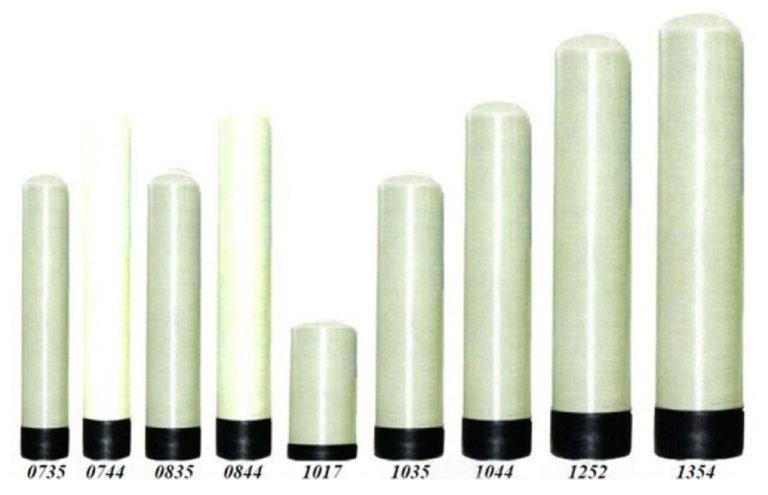
Top 7 Best Filter Columns
When deciding to buy a column for deferrization of water from a well, we recommend focusing on models produced by the leading manufacturers of the industry. They guarantee the compliance of the operating parameters of the installations with the declared indicators.
Hollow-fiber purification and softening system Aquaris 3000
Ultrafiltering column for water purification from a well operates with a capacity of up to 3 thousand liters / hour. The equipment is designed to remove heavy metals, chlorine and mechanical impurities from water.
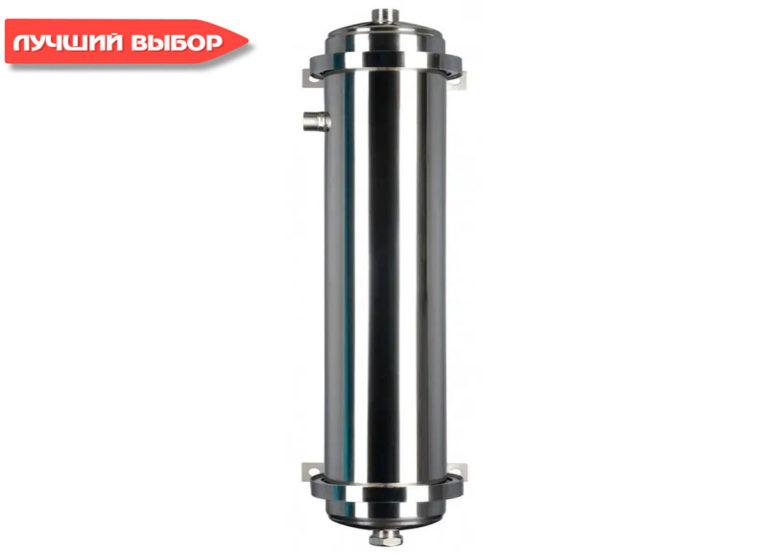
Operational practice has shown the effectiveness of using the column to eliminate turbidity, foreign odors and other contaminants. The unit operates quietly and filters the liquid from particles from 0.01 microns in size. The equipment is energy independent and designed for continuous operation. The minimum membrane life is 5 years.
Aeration column for purification and deferrization Runxin 1054
The model is an ion-exchange aeration column for water purification from iron with a capacity of up to 1250 l/hour. The unit operates in systems with pressure from 2.5 to 6 bar. With its help water from a well or water supply is purified from ions of magnesium, calcium and others. It can be used for technical purposes or drinking. The technology of operation provides for the need to go through the process of regeneration of the filtering material. The unit is used for water treatment of liquids that do not contain hydrogen sulfide, petroleum products, polyphosphates.
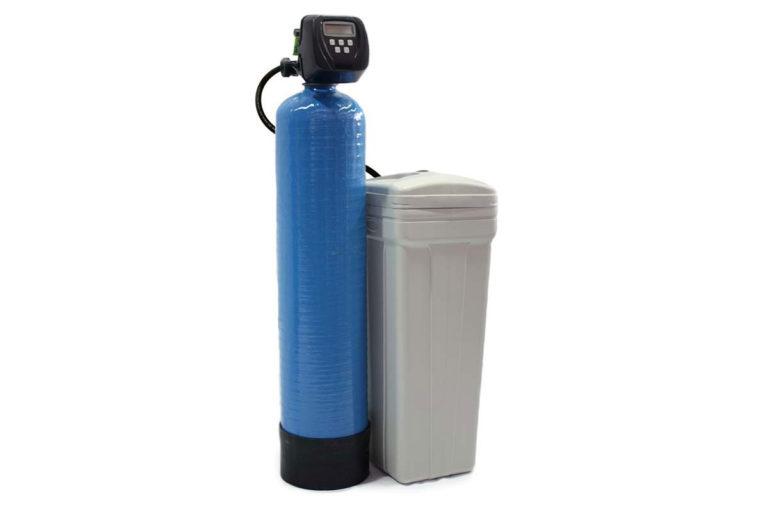
Aquaphor SVP-CF charcoal column
During the production of drinking water, in the food industry, special attention is paid to organoleptic indicators. It is necessary to remove color, turbidity, taste, odors and impurities. Aquaphor SVP-CF carbon column successfully removes traces of ozone, chlorine compounds. In hot water supply systems, carbon installation prevents the formation of scale on the internal surfaces of the equipment.
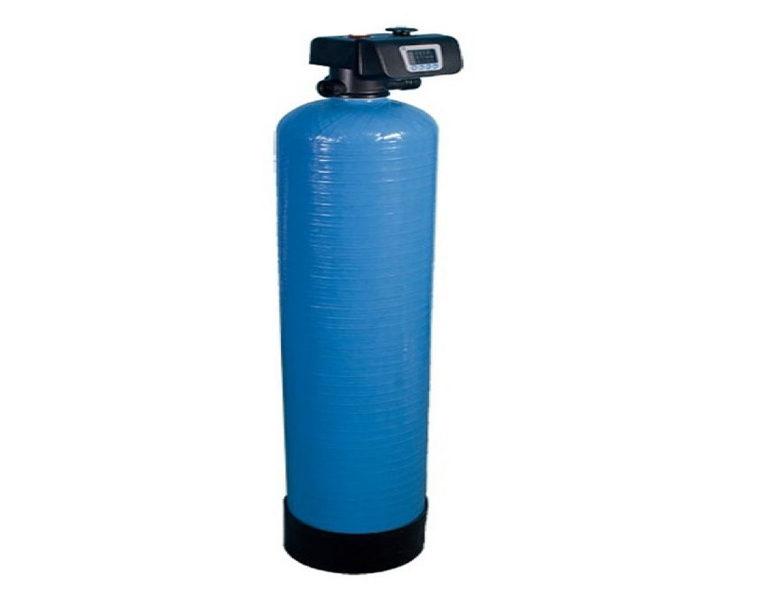
Water softening column with a salt tank Geyser WS 10×44
When choosing this model of water aeration column, there is an opportunity to connect the equipment to 2 points of water intake. The unit operates with a capacity of up to 1 m3/h. Among the key advantages of using the system is the efficiency in removing from the liquid hardness salts up to 12 °J, manganese particles, iron. This is a water softening column with a salt tank, which contains a prepared solution for regeneration.
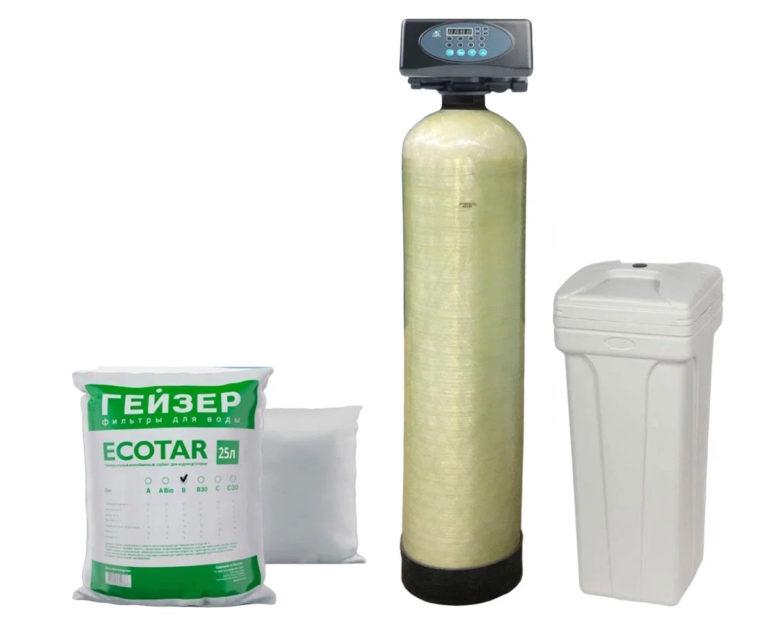
Ion exchange column Clack 1252
The design of the ion-exchange column for water softening consists of 2 parallel connected parts of the body, which ensures the constant readiness of the unit to work. One part is in active regeneration mode or waiting for start-up, the second part is in operation mode. This provides high productivity of the equipment – up to 3240 l/hour. Table salt is used as a reagent for washing. The ion exchange column is not intended for purification of water containing hydrogen sulfide and polyphosphates.
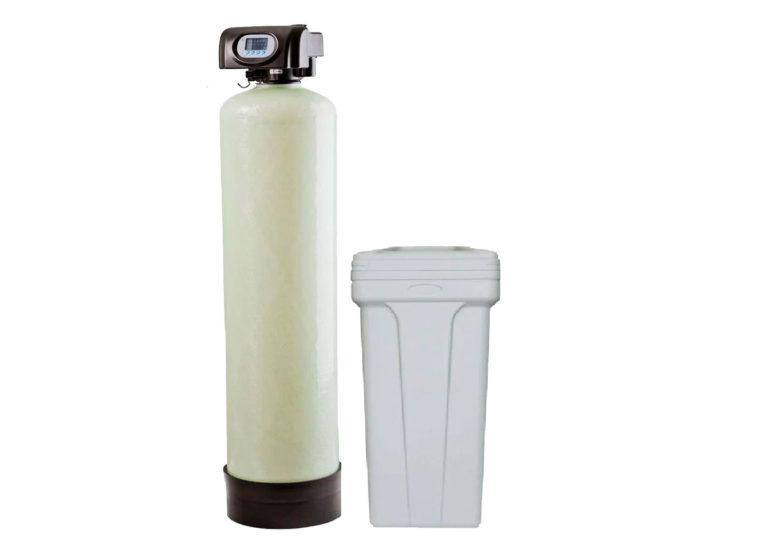
Column water softener Aquaphor SVP-SF
The unit is a complex of column-type water softener and a tank containing a solution used for regeneration of the system. Electronic control provides ease of maintenance, accuracy of parameter control. The principle of operation of the aeration unit provides replacement of calcium and magnesium particles contained in the initial composition by sodium ions. The unit requires virtually no maintenance, it is enough to periodically add salt to the tank.
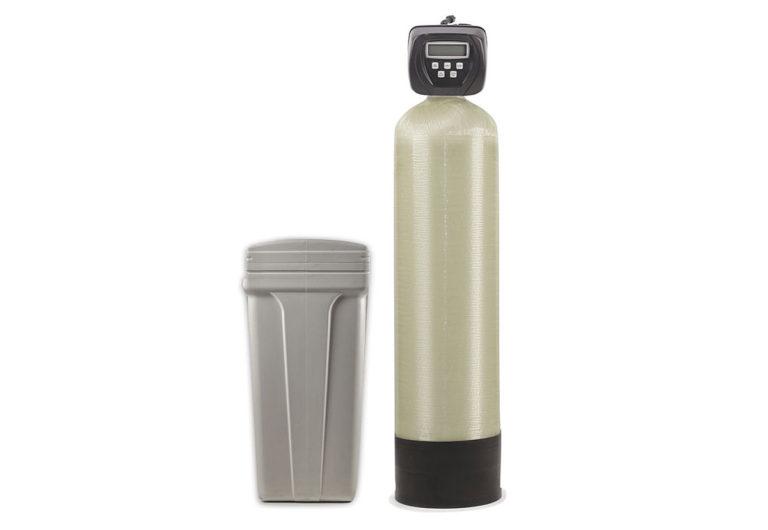
Water softener WiseWater SA
The WiseWater aeration system operates using ion exchange technology, utilizing resins for filtration. The water treatment system is suitable for industrial, private systems, educational and catering facilities. Depending on the modification, you can choose a unit with a capacity of up to 20 m3/hour.

What filter column is better to buy from hardness?
The optimal solution for equipping a water treatment system in conditions of high iron salts and hardness is to buy a water aeration column of ionic type.
Among the key arguments in favor of such a decision, experts cite the following facts:
- large selection of models presented by leading manufacturers;
- availability of high performance installations;
- ease of maintenance of the equipment;
- high reliability.
Column type filter provides effective purification of liquid from mechanical suspended solids, manganese and iron particles. Depending on the result of the analysis, manufacturers offer the possibility of individual completion of the installation in accordance with the requirements of the customer’s specifications.
What is the best column to buy for water purification from iron?
Installations for deferrization of water are selected taking into account the concentration of impurities. Ion exchange units work effectively with iron and manganese in concentrations up to 20 mg/l. With other treatment methods, the permissible indicator is reduced to 10 mg/l. If the unit operates without aeration, it is able to remove metals from the water, the content of which does not exceed 3 mg / l.
Conclusions
In most situations, an integrated approach to the water treatment process is practiced. The leader in this regard is the hollow-fiber equipment. In addition to the main task – to deiron and soften water, the column copes with the removal of biological impurities and gases, having a high performance. There is no perfect technology, but in this case the advantages of the installation far outweigh possible objections.

